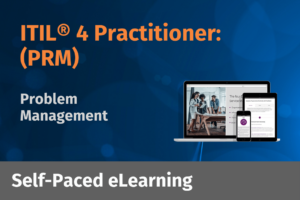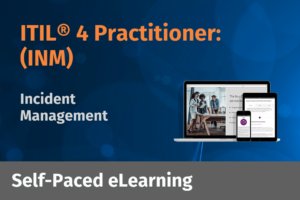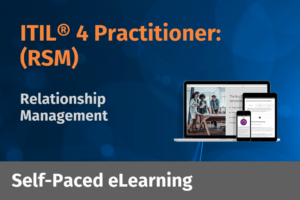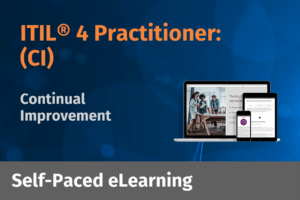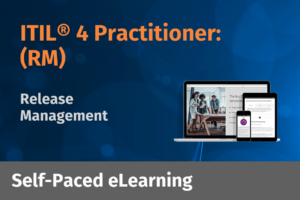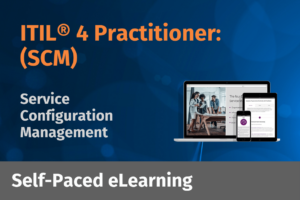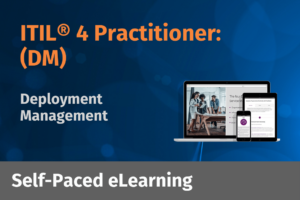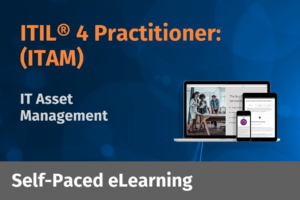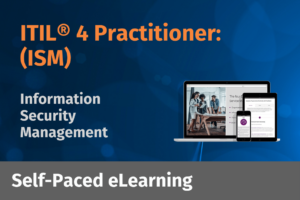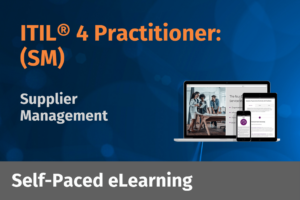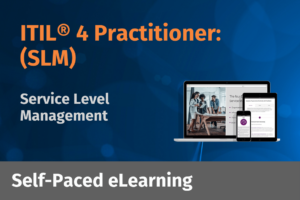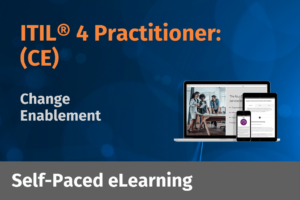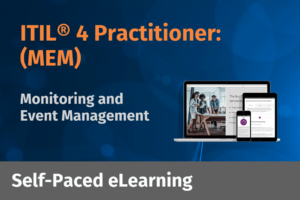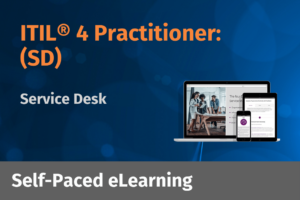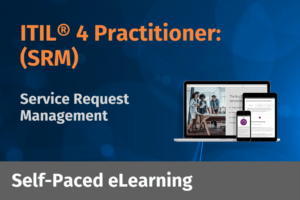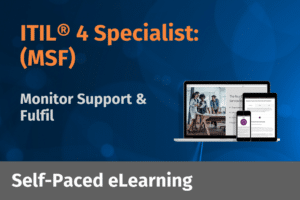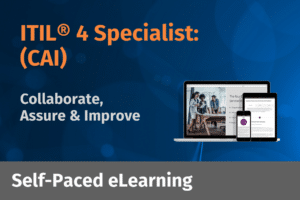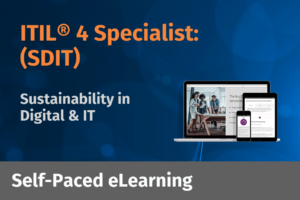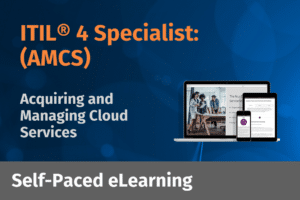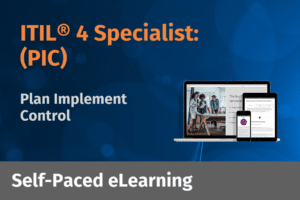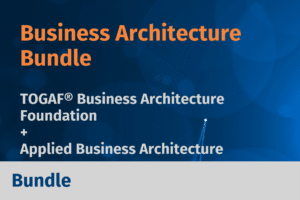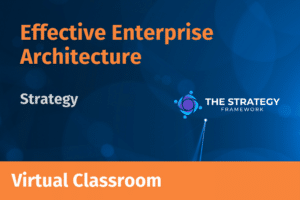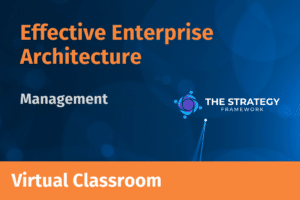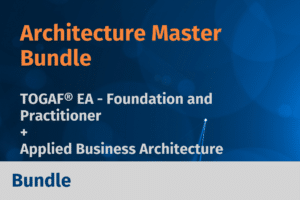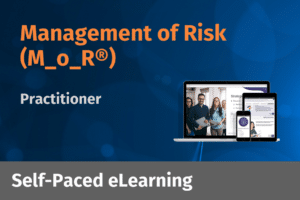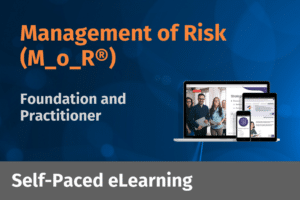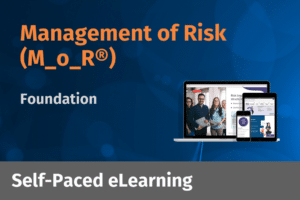The missing ingredient that makes all the difference in the strategy journey
Julie Choo, Applied Operating Model Design training course author, is in the process of launching an exciting new book that outlines The Value Model, highlighting how it works and how it really is the missing ingredient that makes a big difference in the strategy journey of a business or organisation.
Guest Article from Julie Choo, Applied Operating Model Design course author and founder of Stratability.
Written by Julie Choo:
As authors of our upcoming book, THE STRATEGY JOURNEY, both Graham Christison (my co-author) and I have been receiving lots of questions about the VALUE MODEL which is the centerpiece of our book.
In the past 3 days since the launch of our book on Kickstarter, many people in our network and beyond have been asking these questions about the book and specifically the VALUE MODEL:
WHAT IS IT?
HOW DOES IT WORK?
WILL IT SOLVE THAT STRATEGY TO EXECUTION GAP?
DOES IT COVER CUSTOMER VALUE – AND THE CUSTOMER JOURNEY?
HOW WILL IT HELP MY BUSINESS AND/OR ORGANISATION?
So here it is, a outline of what is the value model and highlights of how it works and how it really is the missing ingredient that makes the difference in the strategy journey of a business or organisation.
WHAT IS THE VALUE MODEL?
The Value Model describes what constitutes value in an organisation, where organisations create value, how stakeholders exchange value, and more importantly, how an organisation can find new opportunities to create value.
In THE STRATEGY JOURNEY® framework, I refer to the business model as just one strategy with a set of tactics that enable an organisation to commercialise a specific service and/or product and build revenue as well as profit. Of course an organisation can have multiple business models.
The Business Model Canvas by Alexander Osterwalder and Yves Pigneur has been out for more than 13 years now (invented in 2004), and it really is still the best practice global standard for conducting a design thinking exercise to creatively come up with new business models that might work to commercialise products and services or value propositions.

But what has been missing for me is that it doesn’t cover how value is really created by the overall business or organisation beyond P&L (profit and loss). Today, there are many successful businesses that don’t make a profit. They grow year on year sitting on a loss or zero profit and they continually improve their valuations by building their customer base and expanding and developing assets.
These businesses and organisations understand that value is much more than P&L, and that there are other types of value beyond Financial Value, including:
- Customer Value – this is the value that is being created or delivered in the eyes of the customer, not customer lifetime value
- Social or Societal Value – this is the contribution and impact to the greater society including the level of influence a business or organisation has
- Business or Organisational Value – this is the value of all of the assets in a business or organisation, covering people, processes, data and technology, by location (or rather the value of the operating model of a business including how agile it is to support change). And don’t think your company culture has no value, its actually quite important. Culture is an asset and so is people.
Look what happened to Mulberry’s share price when Creative Director Emma Hill left around 2014 – a 9 percent drop. Does that mean she was worth 9% of the whole company?
All of the different types of value need much more attention today if you’re going to be running a successful business and organisation in our fast changing digital age. Technology has certain changed how we behave as consumers, by raising our expectations of new product and services and the value they provide. At the same time, digital technologies all supported by the cloud, have also made it easier for businesses and organisations of all shapes and sizes, but particularly the smaller ones, to operate on a more level playing feel too. The barriers to entry in a market have significantly reduced, debunking the age old economic theory that we learnt from school or university.
I met with the European Head of Product Architecture at Salesforce.com recently, who attended my Operating Model Transformation course, called Applied Operating Model Design, delivered in partnership with EA Learning, in London, and she was rather proud of the fact that this is exactly their strategy. The course which is based on THE STRATEGY JOURNEY framework covers how the Value Model works in detail and how to use customer journeys to set your strategy and transform your Operating Model.
Funding Circle and many others have the same strategy as Salesforce. These companies are all focused on their VALUE MODEL much more than just their business models. They look at creating value across the value chain, with much more focus on customer value and the full customer journey, as well as asset value. Of course profit is still important and many of these zero profit businesses, like Salesforce, do eventually decide to turn a profit – albeit after 13 years of operating and growing.
In our fast changing digital age, with all of these new technologies that are supported by the cloud and blockchain (and AI too), the concept of the Value Chain invented by Michael Porter in 1985, is still completely relevant, but needs a bit of updating too.
As defined by Michael Porter, the Value Chain is a collection of value activities to design, produce, market, deliver and support the firm’s product, plus margin – related to an enterprise as a whole. Popular business architecture theory has talked about Value Chains and the capabilities that underpin them for years, that an organisation needs to build value.
Well, the cloud and the digital revolution has really turned all of this on its head. Today it’s pretty easy with the use of APIs to swap and change services around and leverage other best in class services as part of any value chain. In fact, it might be a whole lot cheaper too. If a start-up has developed a new service that is cheaper, better and faster than running an old clunky set of processes and systems (represented by an existing capability) in an organisation, then should you just switch over?
Wait hold-on, wasn’t that the point of another popular architecture method from the 1980s called Service Orientated Architecture (SOA) – which promoted plug and play of different systems and even capabilities.
Well the cloud has made this all possible and faster to execute too. What many organisations have struggled with over the years is not STRATEGY DESIGN, but rather the EXECUTION of new strategies and tactics that have been designed. The advent of digital technology and the cloud makes execution within and across ecosystems significantly easier now – with much lower effort and friction. The focus has switched from process re-engineering within an organisation’s value chain to find small incremental changes, to process architecture supported by data, that delivers changes across an entire capability. I’ve previously blogged about how data has become the most valuable commodity and currency in the world. Big data really does have endless possibilities if aligned properly with process – and with data we can open up the world.
In the book, I explain the role of VALUE MODEL analysis and design in much more detail, and how you can use it to fast track the clearing of technical debt in this new digital revolution that we live in. BOOM – no more technical debt – no more wasteful projects – is that even possible? YES – that is what we believe and its happening all already. And we really shouldn’t call it technical debt as every system, is managing a set of processes and data, and is managed by people. We prefer to call it ‘Capability Debt’ in the book as it covers people, processes, data and systems.
I want to stress that this service swapping is not just restricted to smaller businesses and organisations who are more agile. Even big organisations can get there and eliminate their capability debt, in phases of course. This just leaves more funds, and resources to focus on the the right types of failures, or experiments in the innovation process. THE STRATEGY JOURNEY book covers how to do this via our case studies of real companies that are doing all this already.

In the book – we will explain how all these different types of value can be produced by organisations of all shapes and sizes from commercial or corporate enterprises, to public sector and education institutions, to non-profit organisations and social enterprises. How can this value be produced for different stakeholders including customers, partners and shareholder, and applied across multiple industries.
HOW DOES THE VALUE MODEL WORK?
The value model is comprised of 3 levels or layers actually and has 2 dimensions. Many of these are not new concepts again – we’ve known about them for years. Its all about how you use them together and with the other 4 models within THE STRATEGY JOURNEY framework to enable an organisation to navigate through the entire 5 stages of their business strategy journey that counts.
I’ll be covering this in more detail in the book including:
What is the different between the Value Chain and Value Streams? What is the Value Network or Ecosystem? How do they all work together?
WHAT IS THE ROLE OF THE CUSTOMER JOURNEY IN VALUE MODEL DESIGN?
Its really important to take the outside in view, that is, from the point of view of customers, partners and other stakeholders who may very well be customers too, to understand their journeys in business or in life and put yourself in their shoes, when designing new products and services. Only when you have done this do you then design the internal value stream of capabilities that corresponds to delivering on this service to the customer.

Recently, DBS bank in Singapore has taken this approach and gone on to measure performance of their entire organisation, and their operating model, including people, processes, data and technology, based on how many ‘customer hours’ they have saved. The results were simply remarkable as instead of the normal lean six-sigma (another older method) incremental process based analysis, the whole organisation actually changed its culture, through all its people, and hence all the priority and relevant processes, data, and systems, to deliver on this new metric. The result was a significant lift in customer satisfaction, as well as revenues and profits too. And now this Singaporean Bank calls itself a 22,000 startup. It has also won the Best Digital Bank Award from Euromoney in 2016.
DBS is just one of many case studies covered in the book. In the book, we will provide the framework, tools and templates to help your business and organisation achieve similar results, but specific to your problems of course. You’ll recall in my previous blog, called the Kickstarter Strategy Journey, that there’s no point copying, as it doesn’t really work.
So till my next blog then, where I uncover how to use customer journey and value model design to change the way a business or organisation operates in the new digital world and hence change the game, like CBA (yes – Commonwealth Bank of Australia is another bank) has.
You’ll get access to all of these case studies (including many other companies in many other industries) in the THE STRATEGY JOURNEY book. Its out now exclusively for a limited time only to early adopters and disruptors, and everyone else too on Kickstarter.
CHECK OUT THE KICKSTARTER CAMPAIGN HERE (with VIDEOS) to get early access to the book.

About The Strategy Journey
The Strategy Journey gives the reader insights and intelligence into a business that they wouldn’t otherwise see, helping them to design and implement solutions that they wouldn’t otherwise be capable of delivering.
In the book, lead author Julie Choo introduces her framework for mastering the five stages of any business’s strategy journey. She will explain WHY knowledge of how THE STRATEGY JOURNEY works can make the difference between success and failure, WHAT value the framework brings, and HOW to apply it to create business success.
About Julie Choo
Julie Choo is an Edtech-preneur, author, speaker and strategic advisor focused on education and learning, financial services, innovation, business strategy, business architecture and technology. She holds a Bachelor of Engineering (Electrical & Telecommunications) with Honours, and a Master of Commerce (International Strategy & Marketing) with Distinction, both from the University of New South Wales (UNSW) in Australia. During her 18+ year career, she has held many positions advising the C-Suite of many large corporates and banks, as well as VC-backed startups.









